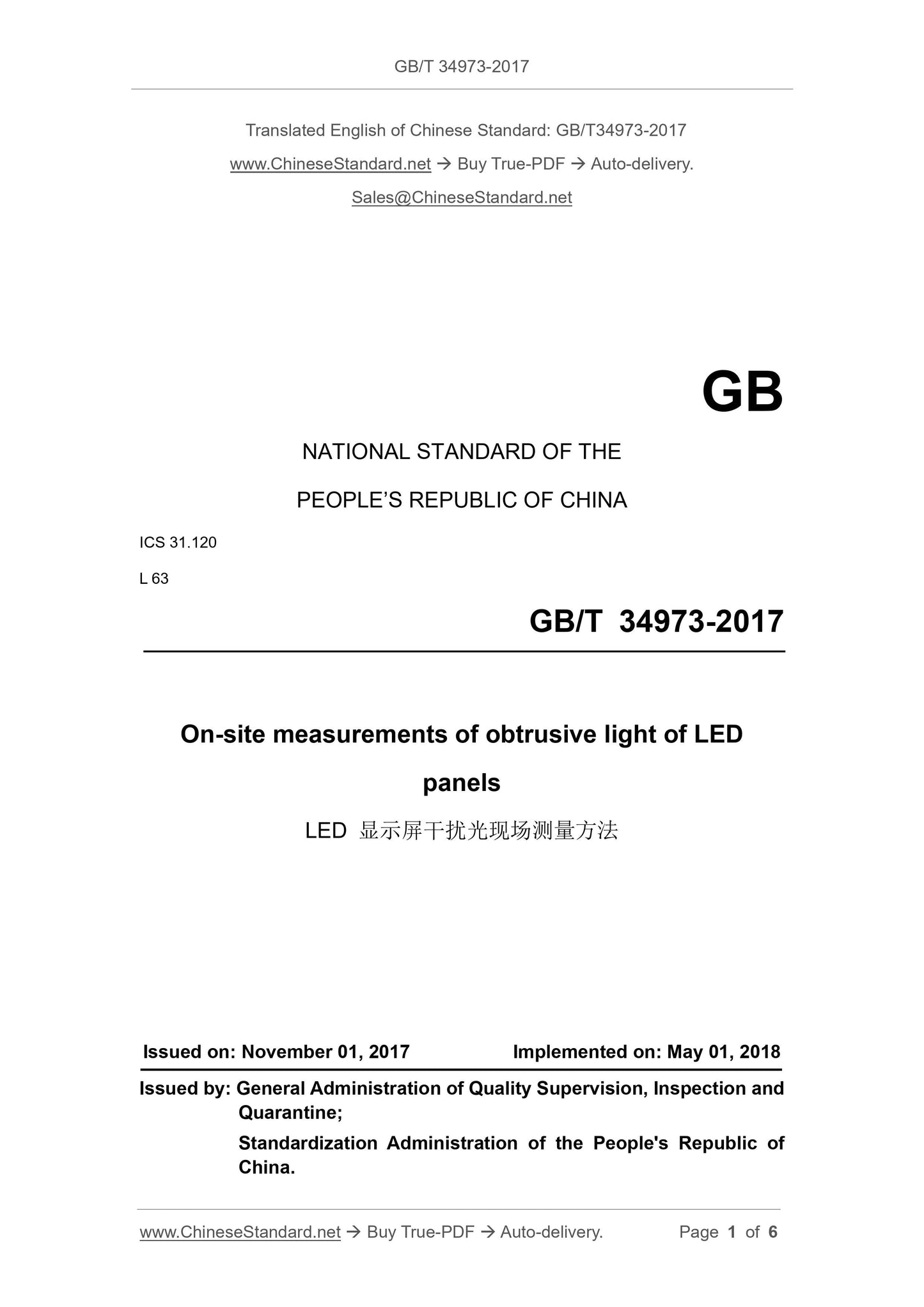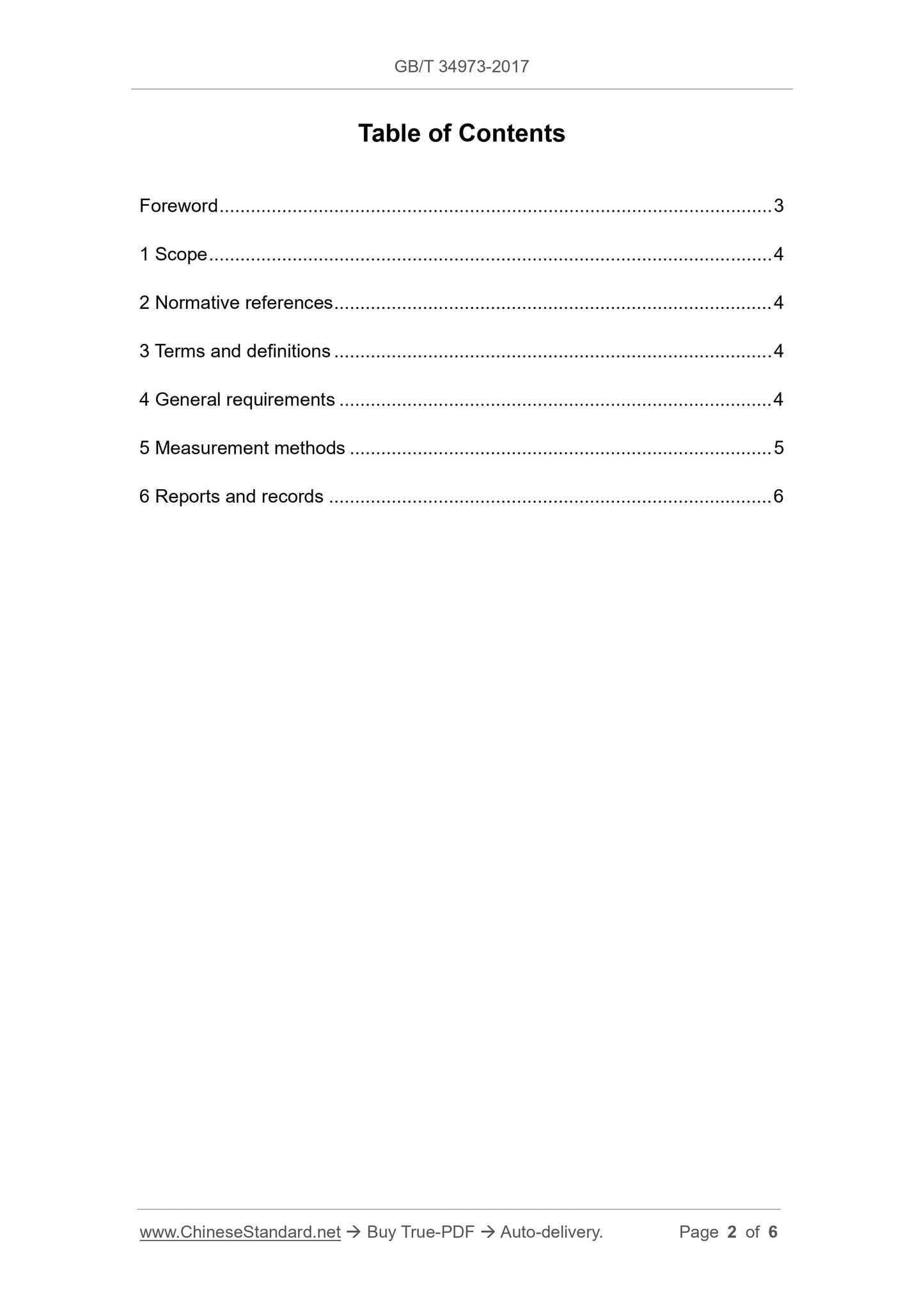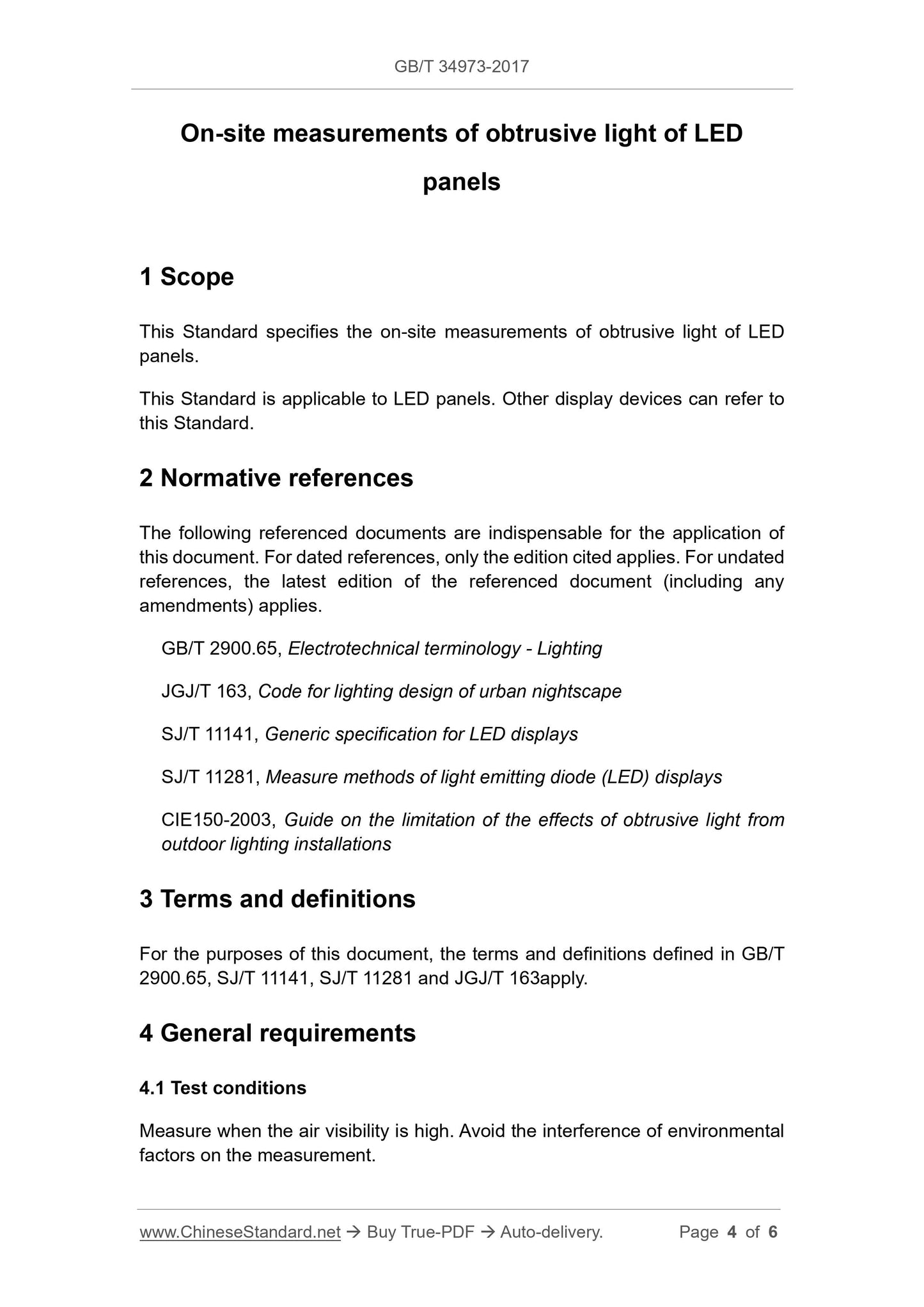1
/
of
3
www.ChineseStandard.us -- Field Test Asia Pte. Ltd.
GB/T 34973-2017 English PDF (GB/T34973-2017)
GB/T 34973-2017 English PDF (GB/T34973-2017)
Regular price
$70.00
Regular price
Sale price
$70.00
Unit price
/
per
Shipping calculated at checkout.
Couldn't load pickup availability
GB/T 34973-2017: On-site measurements of obstrusive light of LED panels
Delivery: 9 seconds. Download (and Email) true-PDF + Invoice.Get Quotation: Click GB/T 34973-2017 (Self-service in 1-minute)
Newer / historical versions: GB/T 34973-2017
Preview True-PDF
Scope
This Standard specifies the on-site measurements of obtrusive light of LEDpanels.
This Standard is applicable to LED panels. Other display devices can refer to
this Standard.
Basic Data
| Standard ID | GB/T 34973-2017 (GB/T34973-2017) |
| Description (Translated English) | On-site measurements of obstrusive light of LED panels |
| Sector / Industry | National Standard (Recommended) |
| Classification of Chinese Standard | L63 |
| Classification of International Standard | 31.120 |
| Word Count Estimation | 4,433 |
| Date of Issue | 2017-11-01 |
| Date of Implementation | 2018-05-01 |
| Regulation (derived from) | National Standard Announcement 2017 No. 29 |
| Issuing agency(ies) | General Administration of Quality Supervision, Inspection and Quarantine of the People's Republic of China, Standardization Administration of the People's Republic of China |
Share





